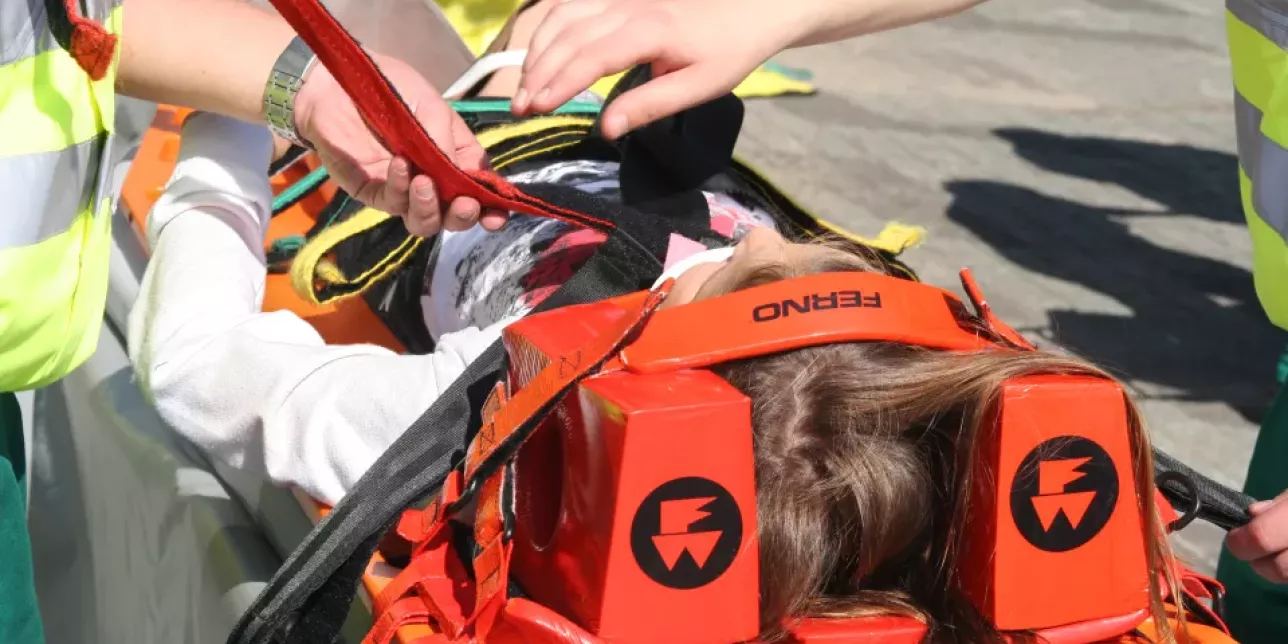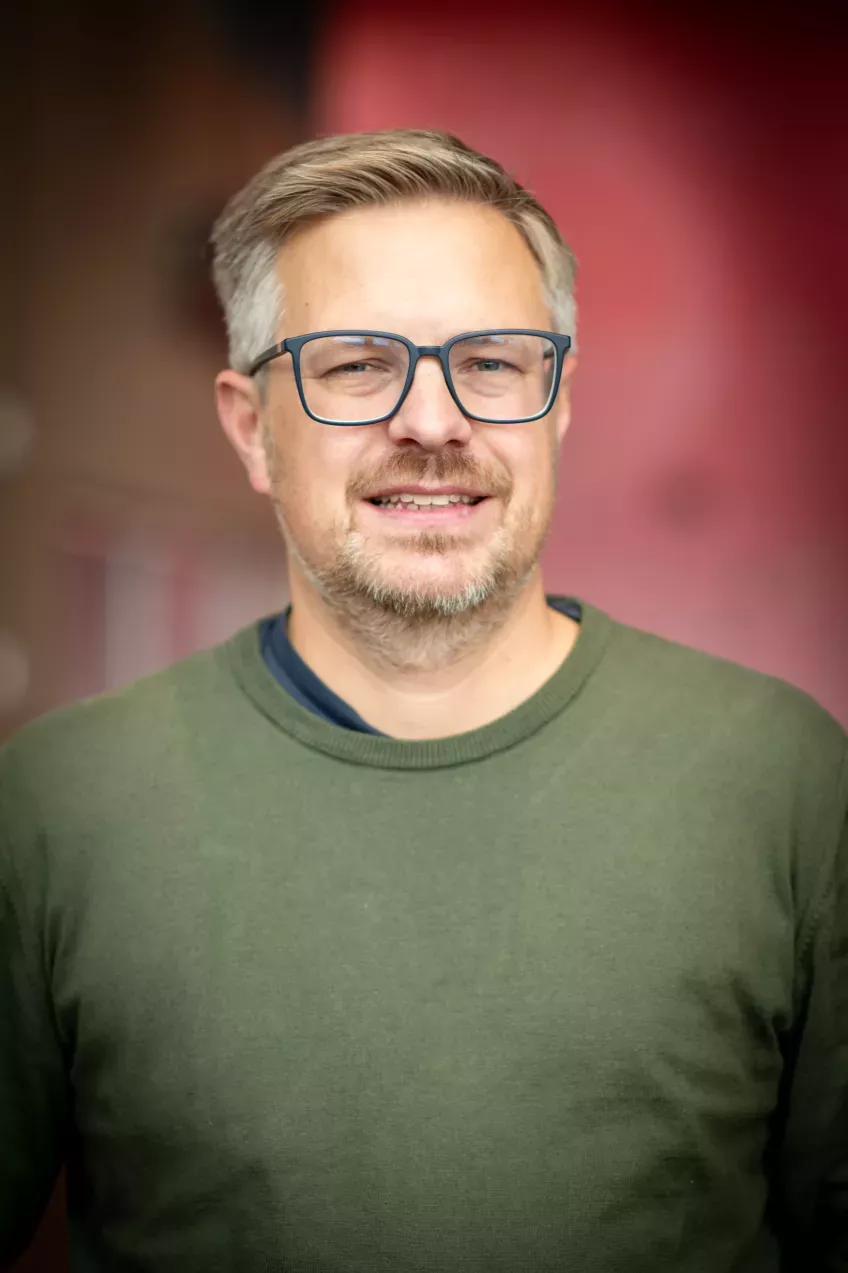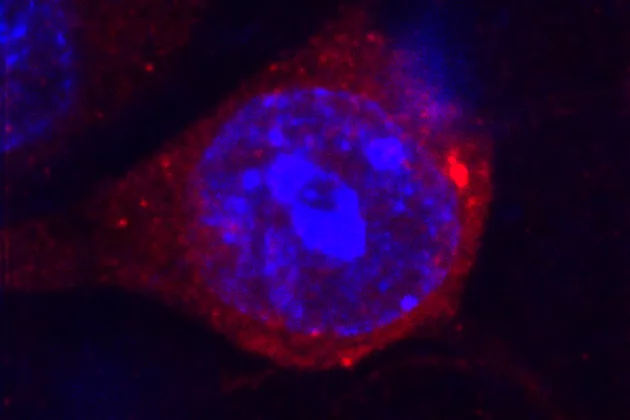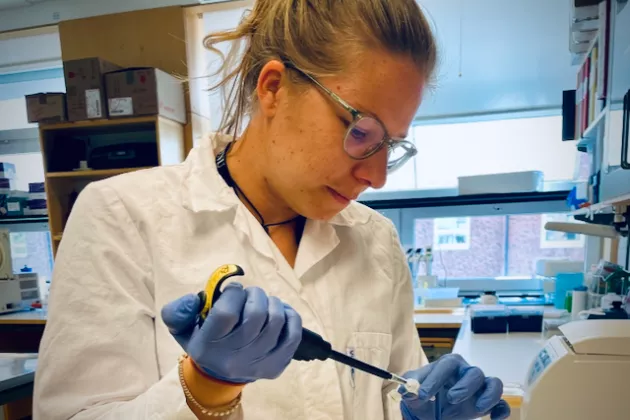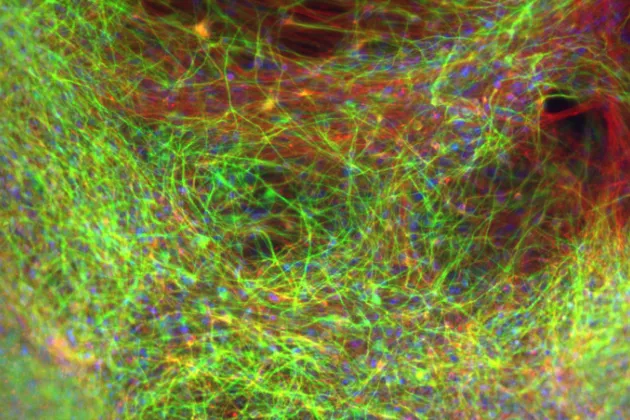In the event of head trauma, damage occurs to the brain tissue often with a chronic effect on the brain's function. This leads to a powerful but poorly understood neuroinflammatory response, which itself contributes to long-term damage. New research suggests that the inflammatory response may be related to the activation of dormant endogenous retroviruses in the brain.
This is a new avenue that needs to be explored, as already existing drugs against retrovirus infections or against the immune response may be effective.
All humans carry remnants of our ancestors' retrovirus infections in our DNA, known as latent endogenous retroviruses. They are passed on generation after generation, as a kind of souvenir from the past. Now researchers show that in the event of trauma, these retroviruses are activated, which is interpreted by the immune system as an ongoing viral attack and results in inflammation.
In the study, the researchers studied severely damaged brain tissue from 12 patients who suffered brain injury after trauma and required surgery. Using a technique which makes it possible to analyze gene expression in individual cells, so-called single-nucleus RNA sequencing, the researchers could see that the interferon response - the 'first line' of the immune system - was activated. And there was an association with the activation of retroviruses specifically in cells important to the white matter of the brain.
”Retroviruses do not cause infection and cannot spread, but the hypothesis is that when they are activated in a brain injury, the immune system interprets the signals as a viral infection in the cell. In all patients, we saw markers of an active immune response and that this was associated with the presence of the retroviruses,” says Johan Jakobsson, Professor of Neuroscience at Lund University and Director of Lund Stem Cell Center.
He led the study together with Niklas Marklund, professor of neurosurgery at Lund University and senior physician at Skåne University Hospital. Niklas Marklund hopes that the results of the study will open up new avenues for future research:
"Billions have been spent over many decades on research into traumatic brain injuries, but there is still no drug that can help patients. This is a new avenue that needs to be explored, as already existing drugs against retroviral infections or against the immune response may be effective.”


